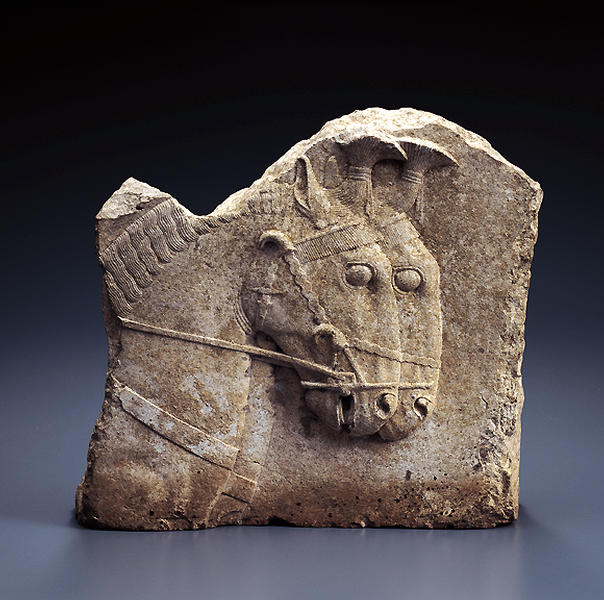As you practice and seek to train yourself and your horse in dressage, it is useful to understand that you are seeking to train the mind. To train properly is to make this mental connection first and only then the body.
Training sessions should short and regular. Twenty or thirty minutes five or six times a week is a good start. As the mind develops the time can extend itself to forty-five minutes.
The training of the body is always secondary and while the training of strength is a poplar and common theme in modern dressage, it is a mistake which causes training to take much longer. Such an approach trains resistance into the horse by strengthening muscles before straightness is found.
A strategy of lengthy sessions tires the horse and makes the mind unable to properly follow. The conquest of resistance is never done through exhausting the horse. This only results in long-term problems. If the horse perspires the trainer has done too much.
Using the longe to tire the horse before riding is not what is done in good training. Longe work is not to get the fight or play our of the horse. Play is something the horse does in pasture and not in training. When the horse is working, it is working and not playing up.
Good dressage is the mixing of two minds into one and this mutual surrender to each other must occur willingly when both minds are alert. Here is the point of good technical use of the aids. Calm is always first.
As your education progresses with the horse, you should become softer and more willing to adapt yourself to the horse. This softening is the way to overcome all resistance in the horse.
Your aids, your mind and your body soften and like water you penetrate the horse’s very being. Your actions haunt the horse with persistent and unrelenting kindness. This is a powerful practice which, while simple is not so easy.
Having a mentor to show you the way is very useful but finding such a person maybe like finding a dinosaur egg and hatching it and so if such a mentor cannot be found then you must continue on your own. Understand that being kind is not being a doormat.
Aggression is used only as a last resort in order to protect oneself from injury. Better than aggression is the use of intelligence to avoid putting yourself in harm’s way.
Always seek to help the horse. The essence of training is how to turn the mind by gentleness and kindness toward your intention until the horse desires nothing other than to please you. This how one dominates the horse and not by exhaustion or aggression.
In this is the art of good dressage. It is not about training the body but about the merging of the mind. Yes, the body is trained too but that is almost an afterthought for a long time until the language of the aids is taught.


Recent Comments